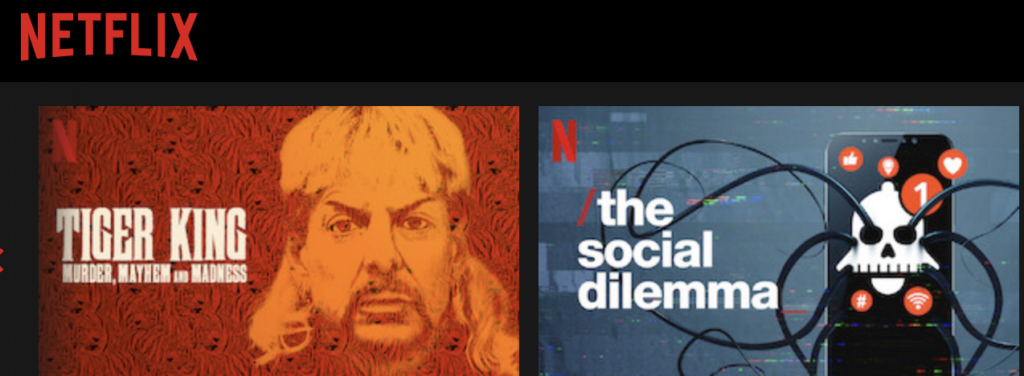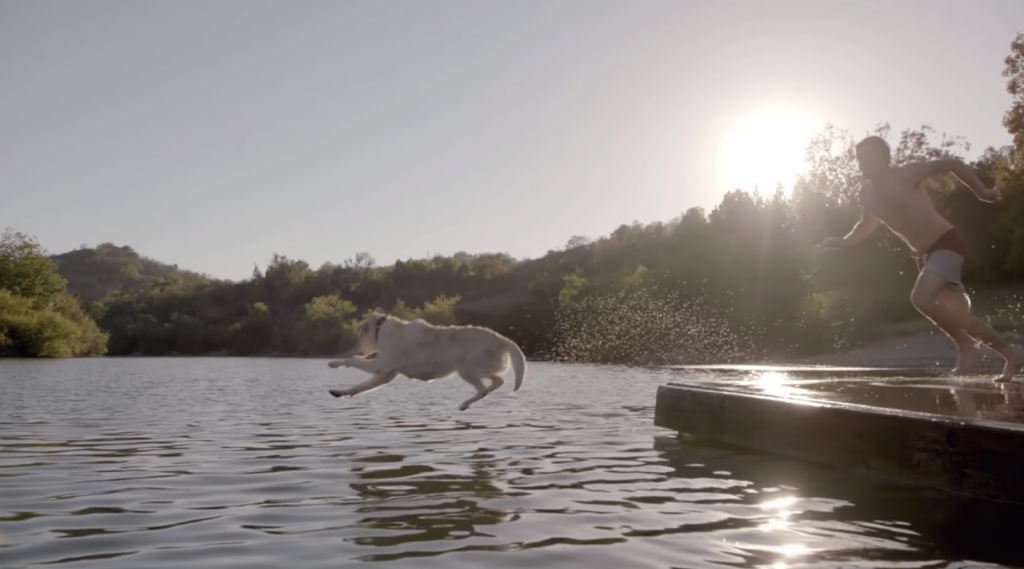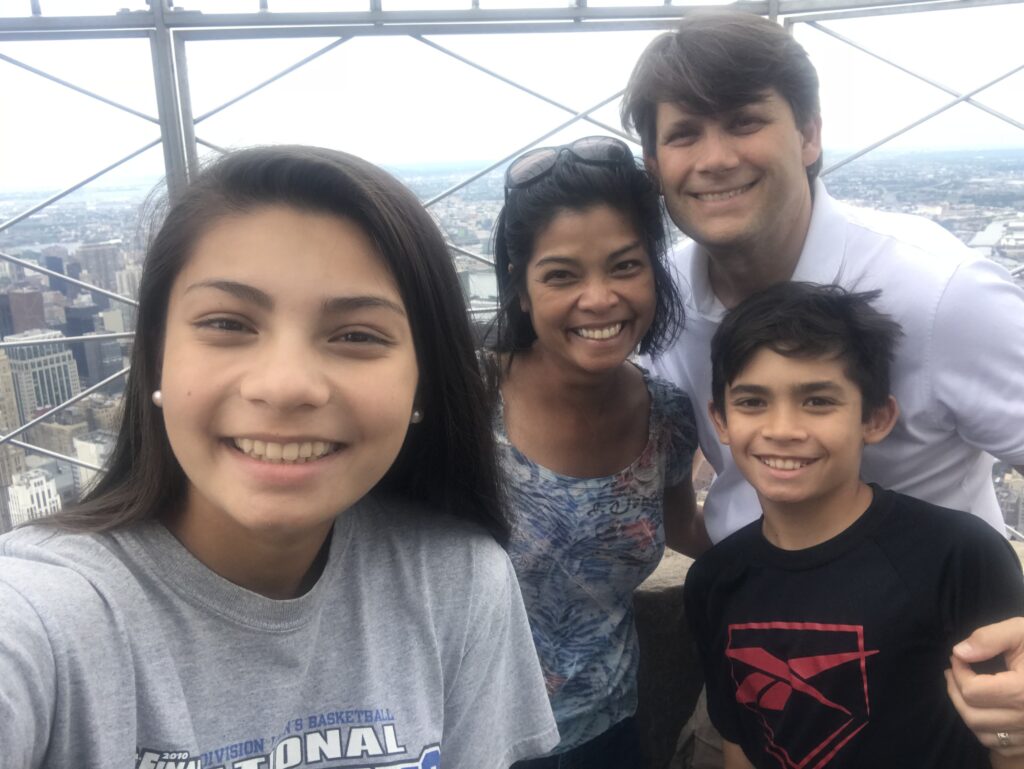
Clarity of Place is a new company, but not new to the needs of progressive destinations. Co-founded by two place-based industry veterans, Clarity of Place provides a system to guide and measure the destination’s role in contributing to community value and enhancing quality of place.

David Holder 
Tina Valdecanas
Blending experience in destination and economic development, CEO David Holder, CDME, and President Tina Valdecanas explain, “Our Innovative Community Input Management System (CIMS) helps place-based organizations facilitate change, optimize program performance and impact, and amplify their community brand.”
Q: Digitally-speaking, what keeps you up at night?
A: David — The pace of change. The processing, data inputs, capacity needed for analysis, and functionality never ceases to expand. The only way to attempt to keep up is to wake up and think. Fortunately, some of my best ideas happen between 2 a.m. and 4 a.m…actually make that unfortunately. But if the idea survives REM, then it is worthy of exploration.
A: Tina —The constant launch of tools and other apps keeps me up, but in a good way. My mind swirls around how we can use them to make our job of filtering and interpreting data and inputs easier.
Q: What will the successful DMO model look like in five years? What are its main differences to the current model?

A: David — I don’t think there will be a singular “successful DMO model” of the future. It really depends on the needs of the community and the overall integration and collaboration with other entities that work in the economic development or community improvement arena. Success will depend on understanding priorities and adapting programming to deliver appropriately to a wide variety of community stakeholders. Those that can listen, adapt and respond will thrive. Those that don’t will wither.
A: Tina — I agree with David; successful DMOs will be ones that best collaborate with community partners and find their niche in the community to brand and promote it as a place where people want to visit, work, live and play.
Q: Where will DMOs be able to add value? And especially, how can we create trust and deliver on it?
A: David — Guiding development investments and supporting talent initiatives are two areas that would benefit from dynamic programming by destination organizations. In general, destination data and programming already reaches into these two areas, but the expertise and connective elements are not as overtly obvious. Developing programming that is integrated into destination plans and results can create credible and actionable opportunities for the destination.
A: Tina — The best way for DMOs to create trust and deliver the value that they bring to their communities is to use demonstrable proof points that people can relate to and understand. I think the issue is not so much not believing that DMOs serve a greater purpose than merely marketing a destination, but more so not recognizing or appreciating their linkage or
impact in other areas.
Q: Outside of travel, which marketing work impresses you and are there lessons that can be applied to tourism marketing?

A: David — Netflix is a fascinating model for tourism. The network constantly disrupts established processes and traditional thinking (Academy Awards). It constantly adjusts to competitive advances (Disney+). It creates viral interplay that incites word of mouth referrals (“Are you watching anything”), and the platform has generated its own action lexicon (bingeing, Netflix and chill). The critical tipping point was successful development and delivery of compelling content. That’s the takeaway for destinations. Plan, produce and broadcast content in a format that travelers want. They will consume and share.

A: Tina — I’m enamored with story-telling and any campaign that tells stories with which people can relate and take away the “lesson” is usually a favorite. This Budweiser commercial is an all-time favorite — partially because I’m a dog lover and partially because it shares a message that is important for their industry and customers. Tourism marketing could easily apply the tactics of finding a common experience and evoking relatable feelings around travel or discovery without directly promoting their destination.

Q: Crystal ball: What will the digital travel marketing landscape look like five years from now?
A: David — Completely different. Consolidation will continue. Risk preparation will become more common. Shaking off the last year will require some serious executive therapy, but we’ll get there eventually.

A: Tina — It will offer even greater customization. With the ever increasing
ability to trace digital footprints and mind-blowing AI to anticipate and project preferences, I suspect marketers will be able to “sell” even more directly/personally to would-be traveler interests.
Q: How can data drive better creative?
A: David — Data doesn’t drive creative, but creative interpretation of data does. The new formula for success is mashing up lots of data inputs to triangulate understanding and interpret creatively from the triangulation. Unfortunately, not too many destinations are triangulating.
A: Tina — I think data (more and better) allows marketers to ask and answer questions that make campaigns more effective. Having that understanding only enhances creative.

Leave a Reply